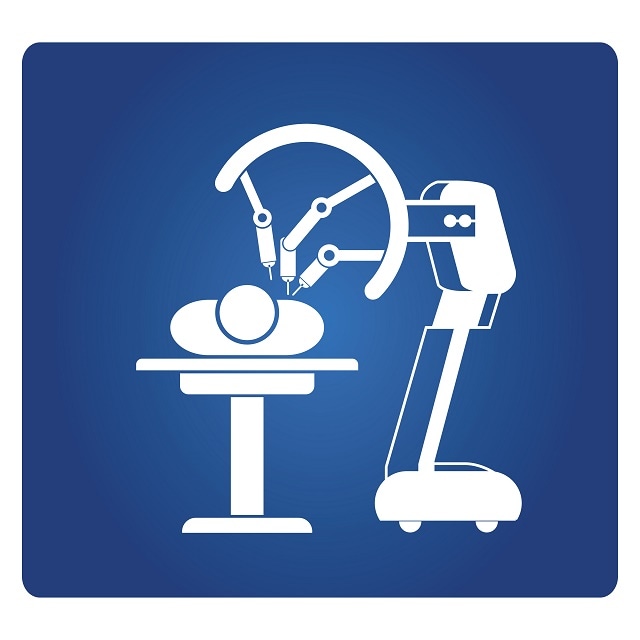May 23 2016
Robotic-assisted surgery to remove the prostate reduces the risk of blood loss and an extended hospital stay in obese prostate cancer patients, a study from Loyola Medicine has discovered.
 Image Credit: Phipatbig | Shutterstock.com
Image Credit: Phipatbig | Shutterstock.com
This research by senior author Dr. Gopal Gupta, MD, Assistant Professor in the Department of Urology of Loyola University Chicago Stritch School of Medicine and co-workers has been reported in the Current Urology journal.
Scientists studied the records of 9,108 obese men who had undergone radical prostatectomy, which is the removal of the prostate gland and its surrounding tissue. Out of all the patients, 60.4% had undergone robotic-assisted radical prostatectomy and 39.6% had undergone open prostatectomy.
In comparison with the patients who underwent open surgery, patients who had robotic-assisted surgery were 83% less likely to need blood transfusions, and 72% less likely to need extended hospital stays. However, the research suggested that robotic-assisted surgery did not decrease the risk of infections and further complications.
The robotic system allows surgeons to operate through minute incisions. The surgeon's hand or wrist movements’ are converted into highly accurate surgical instruments movements, and every movement is controlled by the surgeon in real time, as the surgeon can view a magnified, high-definition, 3D image of the surgical site.
In the United States, prostate cancer is the most widespread solid organ cancer in men. One out of six men develop prostate cancer during the course of their life, and many would prefer to undergo radical prostatectomies. In the past decade, the application of robotic-assisted radical prostatectomy has gone beyond that of open surgery.
Over one-third of the adults are obese in the United States. Obese patients can be challenging, as many of them have related conditions, like heart disease, diabetes, and obstructive sleep apnea, which can amplify the risk of complications, blood transfusions, and prolonged duration of stay.
Scientists concluded the research results possess these implications:
- The discovery that robotic-assisted surgery decreases blood transfusion and prolonged duration-of-stay in obese patients, offers an improved understanding of the robotic surgery value in challenging patients.
- For urologists, the discovery that open and robotic surgeries have similar obstacle rates indicates that both of the techniques are interchangeable. The comfort level of the surgeon should suggest which surgical approach is to be used.
- For prostate cancer patients who are obese, the broad results propose that both surgical approaches are practical and harmless.
In this project, scientists examined 2009-2010 Nationwide Impatient Sample records maintained by the Agency for Healthcare Research and Quality.
Co-authors of Dr. Gupta are first author Chandy Ellimoottil, MD, Robert Blackwell, MD, Adam Kadlec, MD, Kristin Greco, MD, and Marcus L. Quek, MD, all from Loyola; and Florian Roghmann, MD, Maxine Sun, MD and Quoc-Dien Trinh, MD, from the University of Montreal Health Center.
The project is titled, "Open Versus Robotic Radical Prostatectomy in Obese Men."